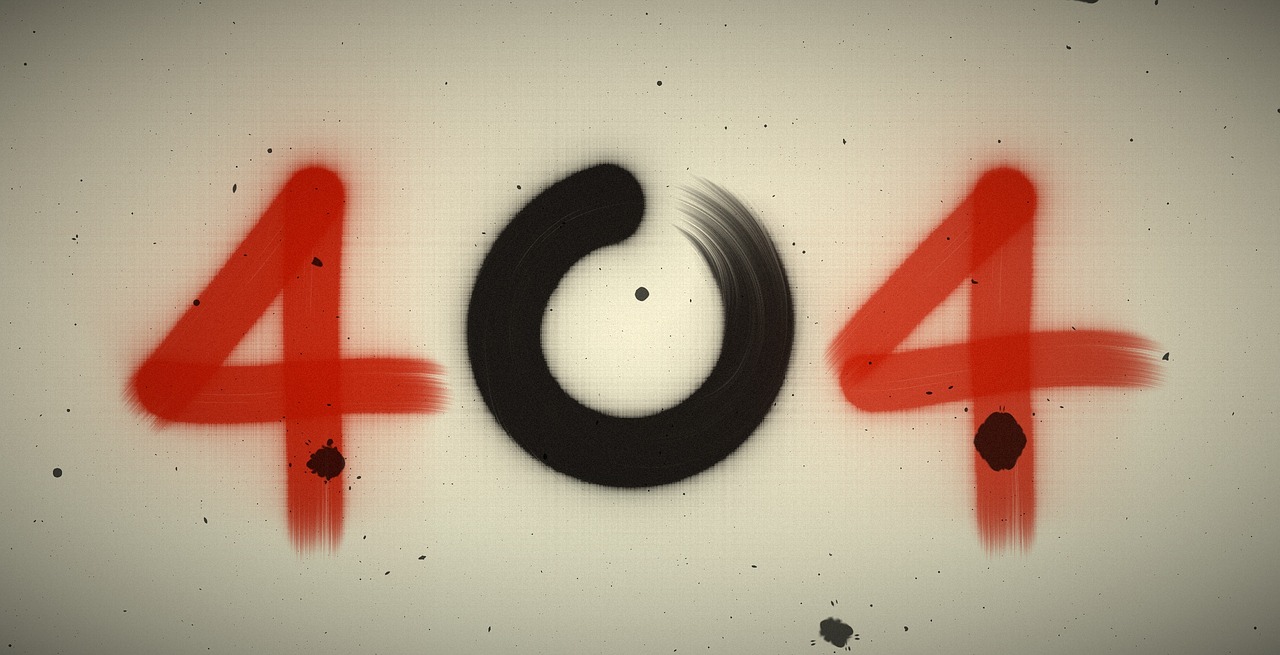It has been two years since the JWST revealed its first science images and since then, the telescope has contributed massively to furthering our understanding of the universe near and far. From discovering new features in the atmosphere of Jupiter to spotting the most distant galaxies yet, JWST deserves its accolades. To mark its second birthday, the mission team has released a glorious new image of interacting glaxies with a very distinctive appearance.
The two interacting galaxies are officially known as Arp 142; thanks to their appearance it is one of the most famous merging galaxies out there. The pair are not fully merging yet, but they had a flyby encounter between 25 and 75 million years ago. That initial interaction led them to look like a penguin and an egg.
This is accentuated when seen in infrared light as it traces the effects of newly born stars. Galaxy mergers lead to the formation of stars as the gas is pulled and pushed under the influence of tidal forces between the galaxies. Two particularly obvious places are what looks like a fish in the Penguin’s “beak” and the “feathers” in its “tail.”
The image is a snapshot of a merging process that will take another hundred million years. The two galaxies will continue to fly by each other, with the Penguin becoming more and more distorted as the Egg comes and goes, eventually merging into a single elliptical object. A similar fate awaits our galaxy, the Milky Way and its neighbor Andromeda, although that will take place in about 5 billion years.
















No comments